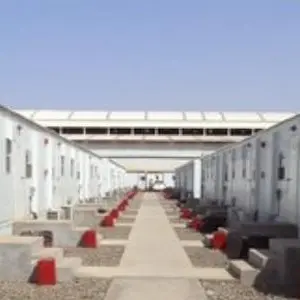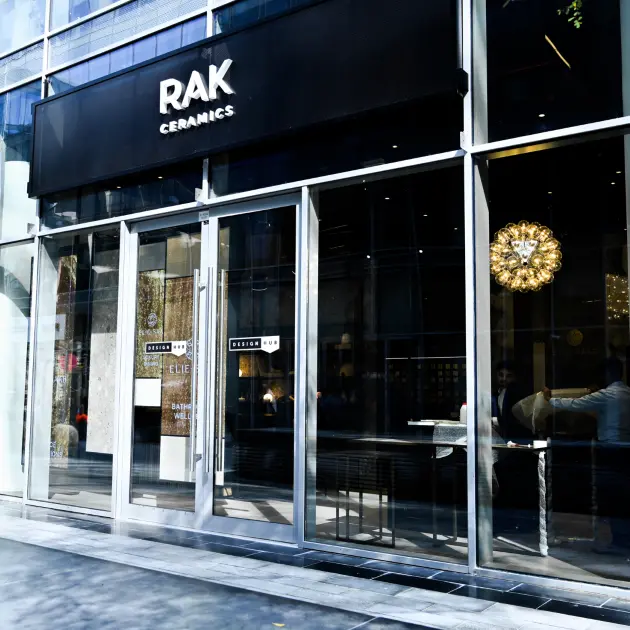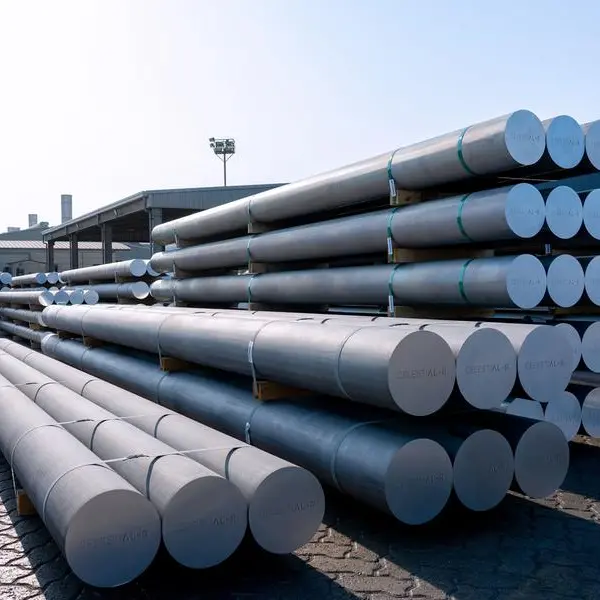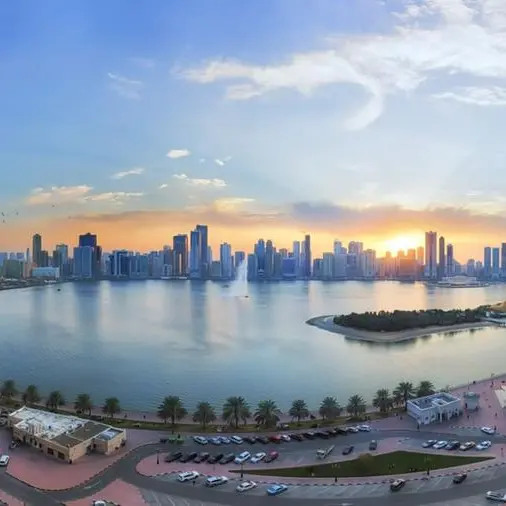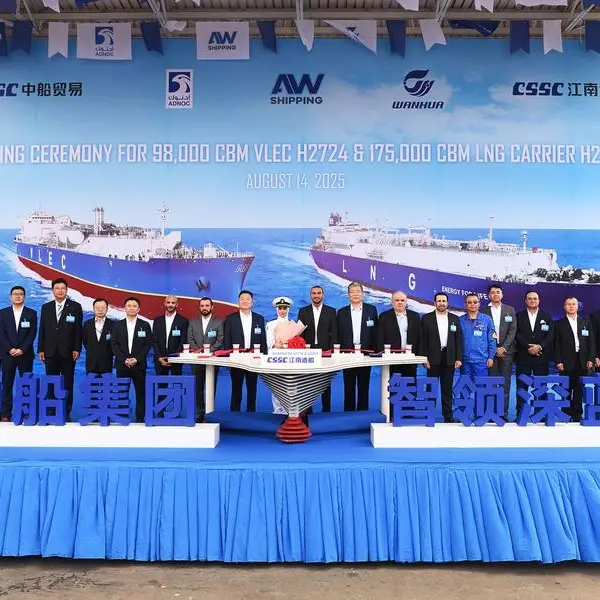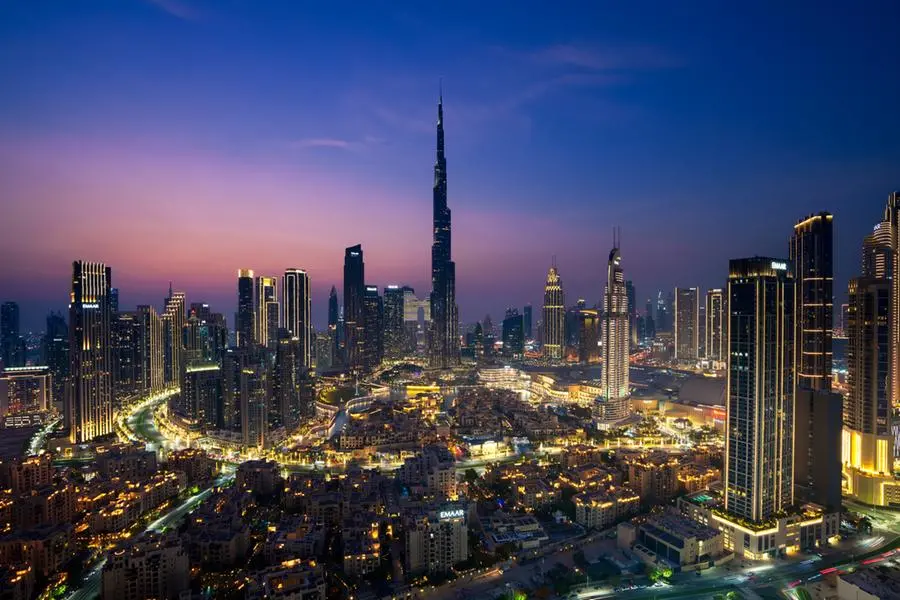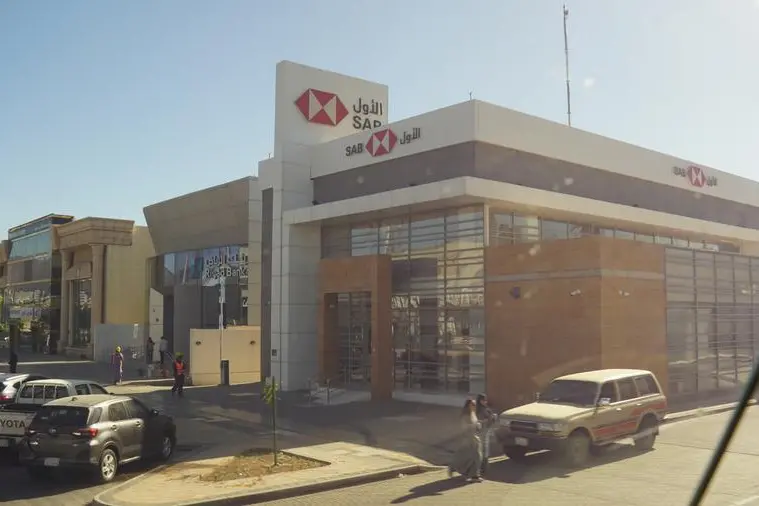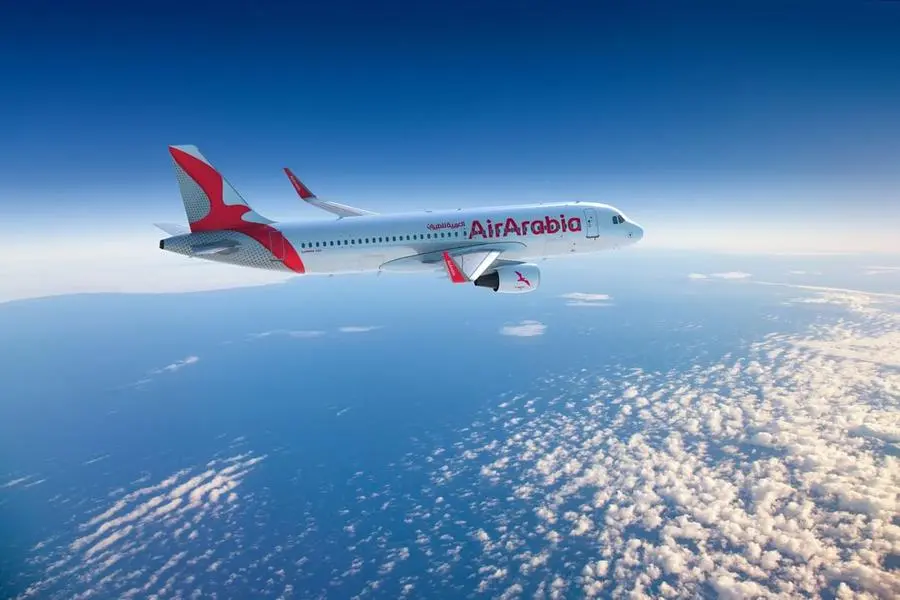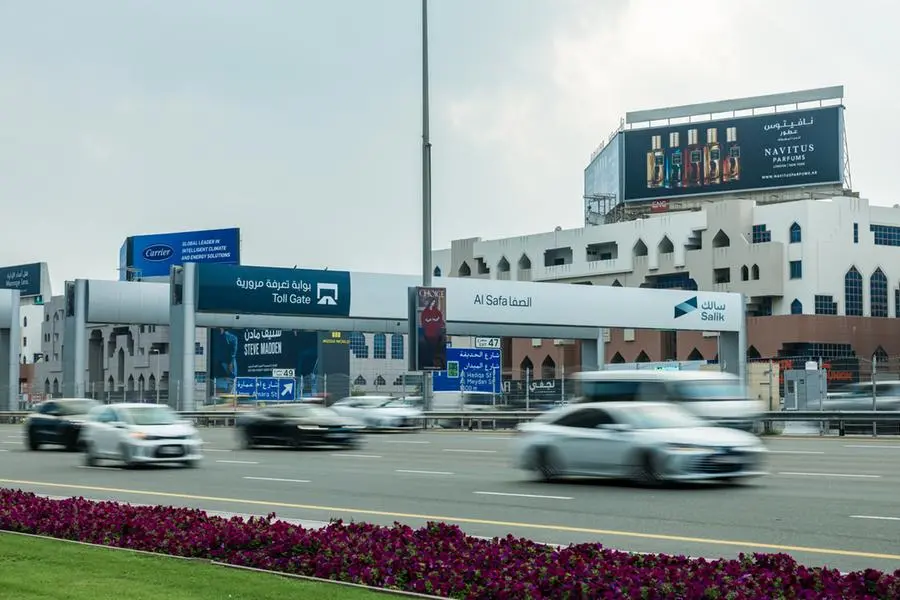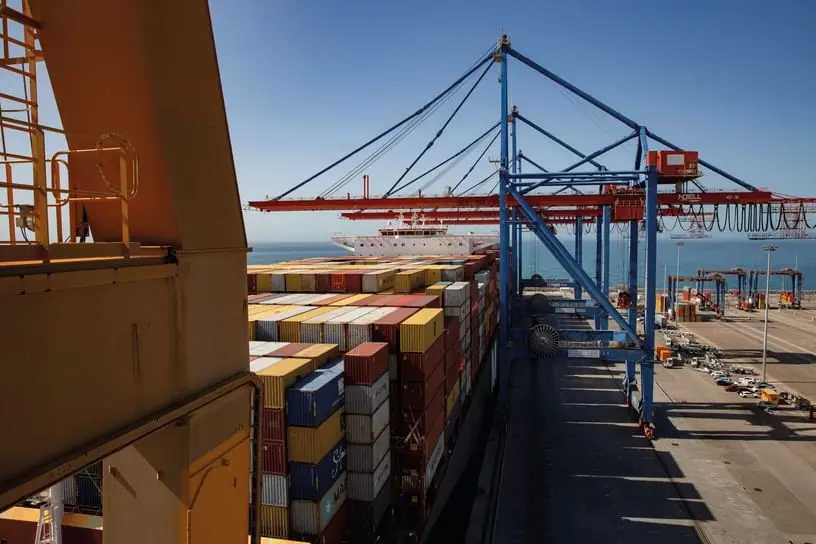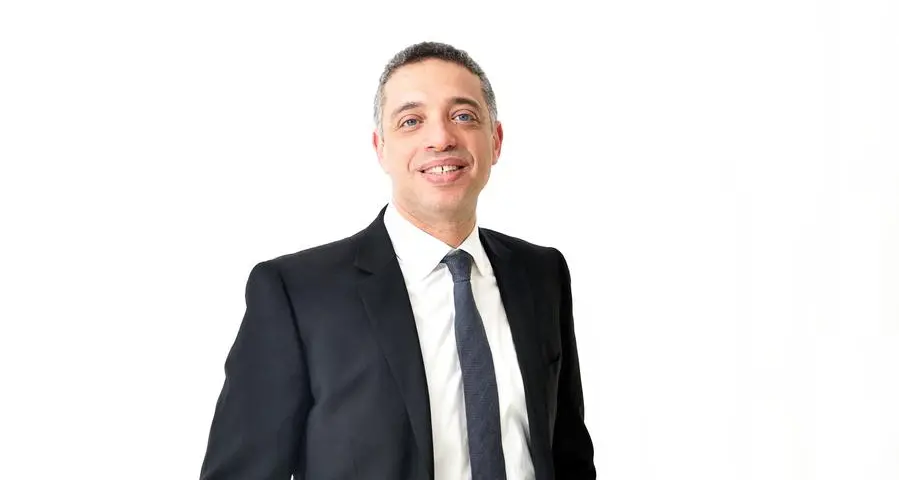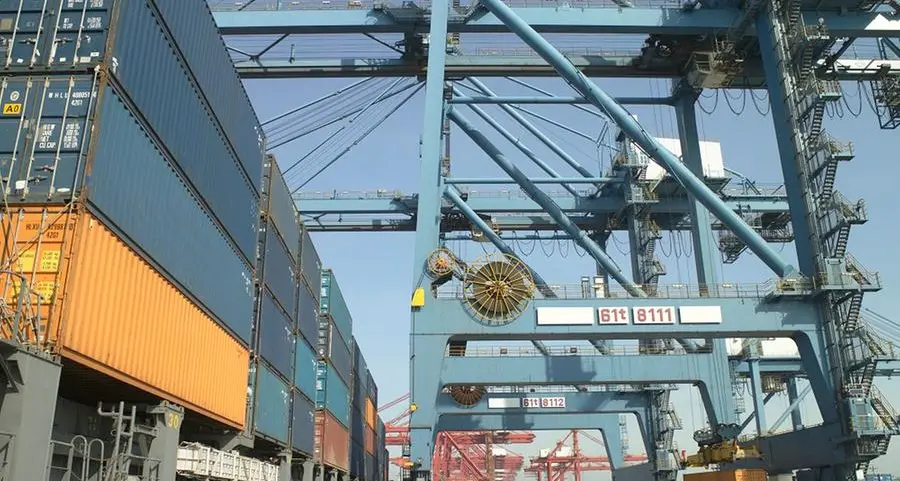MUSCAT -- Global Spanish transport engineering and consultancy firm Ineco says it has been commissioned by the Omani government to master-plan an integrated, multimodal public transport system for Muscat Governorate.
The Madrid-based international firm, which was appointed by the Ministry of Transport and Communications to draw up the Muscat Public Transport System Master Plan, said its proposals would hopefully convince residents to ditch their private vehicles and opt for public transport instead.
"The goal of the plan is to design an efficient, modern and high quality public transport system. Furthermore, the idea is to encourage its use, getting citizens see it as a real alternative to the private car. The strategies proposed will cover all transport modes and be underpinned by an exhaustive data compilation and analysis process, using information gleaned from all the institutions involved, both public and private," the consultancy firm stated in a report outlining the broad objectives of the master plan study.
Public transport services within the capital region are rudimentary at best, according to the report. Aside from a skeleton network of bus services operated by the government-owned Oman National Transport Company (ONTC), and minibuses that primarily ply along main roads, passenger transportation within the city is dominated by private and commercially owned vehicles.
In the Sultanate, vehicular density per capita is one of the highest in the world with as many as 215 cars in use per population of 1,000 inhabitants, the report said, citing World Bank statistics. This compares with an average of 123 cars per 1,000 people for the major cities of Asia. "As a result, accident rates and traffic congestion, two particularly pressing concerns in the urban area of the capital, have both risen," the report noted.
Importantly, the scope of Ineco's study will cover not only overland options, but also coastal maritime transportation, presently overseen by state-owned National Ferries Company, as well as a national rail network. Options for a light rail system integrated with the national network will be explored as well, according to the Spanish firm.
"In particular, the possibility of developing a light rail system of medium to high capacity in the Muscat metropolitan area will be taken into account, along with its potential connection to this future rail network," it said.
Also as part of its remit, Ineco will make recommendations will regard to the public transport network's design, outline key management strategies, propose revisions to existing transport legislation, review fare policy, and emphasise energy efficiency and environmental sustainability.
Furthermore, in master-planning the development of an efficient public transport system for Muscat, Ineco says it will espouse the establishment of a single transport authority and uniform regulatory system encompassing all modes and providers of public transportation services.
At present, transportation services within Muscat are regulated by a multiplicity of municipal and government bodies. Besides the Ministry of Transport and Communications, which is the apex decision-making body on transportation matters, other stakeholders at the national level are the Royal Oman Police, Muscat Municipal Council, Oman National Transport Company, and National Ferries Companies. Ineco says its goal is to create a unified regulatory authority.
"Ineco's proposal involves creating a single transport authority that will act as an integrating body and facilitate the coordination of the different agents and the development of strategic transport planning," the Spanish firm added. (OEPPA Business Development Dept)
© Oman Daily Observer 2014

